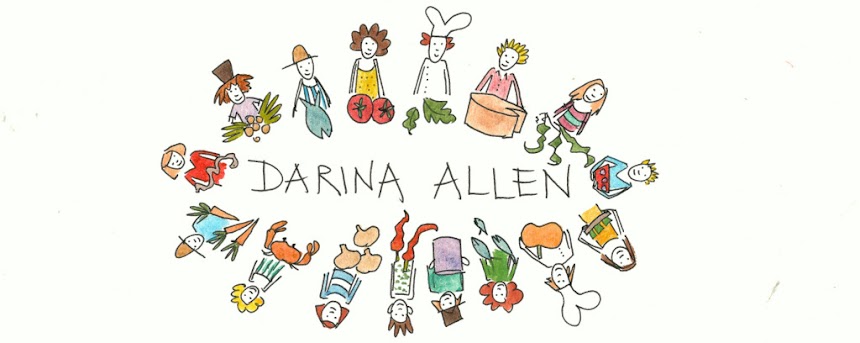I wanted to share with you some of my favourite street foods... and drinks from my trip to Turkey, where eating on the street is a feast for all the senses.
- Simit – chewy sesame crusted ‘Turkish bagels’ brushed with pekmez, grape molasses, available from street carts all over the city. Enjoy them anytime, anywhere with Kahue, Turkish coffee or Cay, black tea, in curved glasses.
2. Kestane Kebab– roasted chestnuts
3. In summer don’t miss Misir freshly boiled or grilled sweet corn.
4. Baklava– buttery flaky pastries in a myriad of shapes filled with nuts, dripping with syrup or honey – seek out Karaköy Güllüoğlu bakery and Develi Baklava in Eminönü – for a flat breakfast version with pistachio.


5. Lokma– a traditional Ottoman Palace dessert, little dough balls, fried until crisp, then soaked in a honey-syrup and occasionally sprinkled with chopped pistachios.
6. Doner Kebab– I’ve never been quite brave enough to try Doner Kebab until I visited Istanbul, it's made with chicken, lamb or beef sometimes interspersed with vegetables then char-gilled on a vertical spit and served in lavash (bread), sooo good.
7. Dolma– vine, cabbage or chard leaves, stuffed with rice and meat, there's also a meat less version made with currants and pine nuts known as Yalance – called imitation or cheats dolma – eat them with yoghurt.
8. Balik Ekmer– freshly grilled fish sandwiches from the Karaköy Eminönü area close to the Galata bridge.
9. Midye Dolma– Mussels, still in the shell, stuffed with spicy rice.
10. Borek– flakey savoury pastries filled with cheese, meat or vegetables. Sometimes cigar shaped or rolled into to a snake like coil
11. Pide– (pronounced pee – day) long boat shaped pizza like bread stuffed with mince, a variety or meat, vegetables, cheese and egg filling, cooked in a wood burning oven.
12. Gösleme– a sort of flat bread pancake rolled up with a variety of savoury fillings, then cooked on a Saç or metal griddle.
13. Dondurma– Turkish ice-cream whipped in the Kabraman Maras tradition.
14. Lahmacun – a pizza-like flat bread with a paper thin crust topped with spicy minced lamb and cooked in a wood oven. Eat it with lots of flat parsley and freshly squeezed lemon juice.

16. Icle Kofte– crisp little croquettes with pointy ends stuffed with minced meat, usually lamb, walnuts, spices and red pepper flakes.
17. Kunefe – made from kadajif, a kind of shredded wheat pastry, tossed in melted butter, filled with melting cheese, soaked in syrup with pistachio nuts sprinkled over the top. It’s cooked in little tin dishes over a charcoal fire – divine.
18. Lokum – Turkish delight in a myriad of flavours, nothing remotely like the sweet sugary tooth wrenching confection that passes for Turkish delight outside Turkey. Seek out Altan Sekerleme a fourth generation family business in Kuciek – Pazar where they make their own Turkish delight and Akide sekeri. (rock candy)
19. Kebab or Kebap – some on skewers but others like little patties, A restaurant in the Kurdish area under the viaduct served buryan, a kind of pilaff, with shredded chicken, currants and some gentle spices in a crispy pastry crust decorated with almonds.
20. Kaymak – clotted cream, best is made with buffalo milk and eaten with honey.
21. Manti – Turkish ravioli, tiny meat or vegetable filled pasta served with a garlic yoghurt sauce and hot paprika butter drizzled over the top just before serving.
22. Tripe soup, Işkembe Çorbasi – a brilliant hangover cure!
23. Pickles – Tursu are an integral part of Turkish daily eating and drinking. There are pickle carts and shops in every neighbourhood, pickle juice is drunk as a digestif and considered to be a brilliant hangover cure!
24. Turks have a fantastic selection of dried fruit, nuts and seeds.
Drinks
1. Raki – the national drink of Turkey, made from distilled grapes, flavoured with aniseed and drunk with ice and water, served in 'meyhanes' with mezze.
2. Pomegranate juice – freshly squeezed on virtually every street corner.
3. Ayran – a frothy yogurt drink, simply natural yogurt whisked with ice cold water plus a tiny pinch of salt. This was our best simple find of the trip, we have been making Ayran since our return and both grandchildren and students love it.
4. Boza – a thick drink made from fermented milk with the texture of slightly fizzy apple puree. It is eaten with a sprinkling of cinnamon and roasted chickpeas on top and is reported to cure the plague.

















